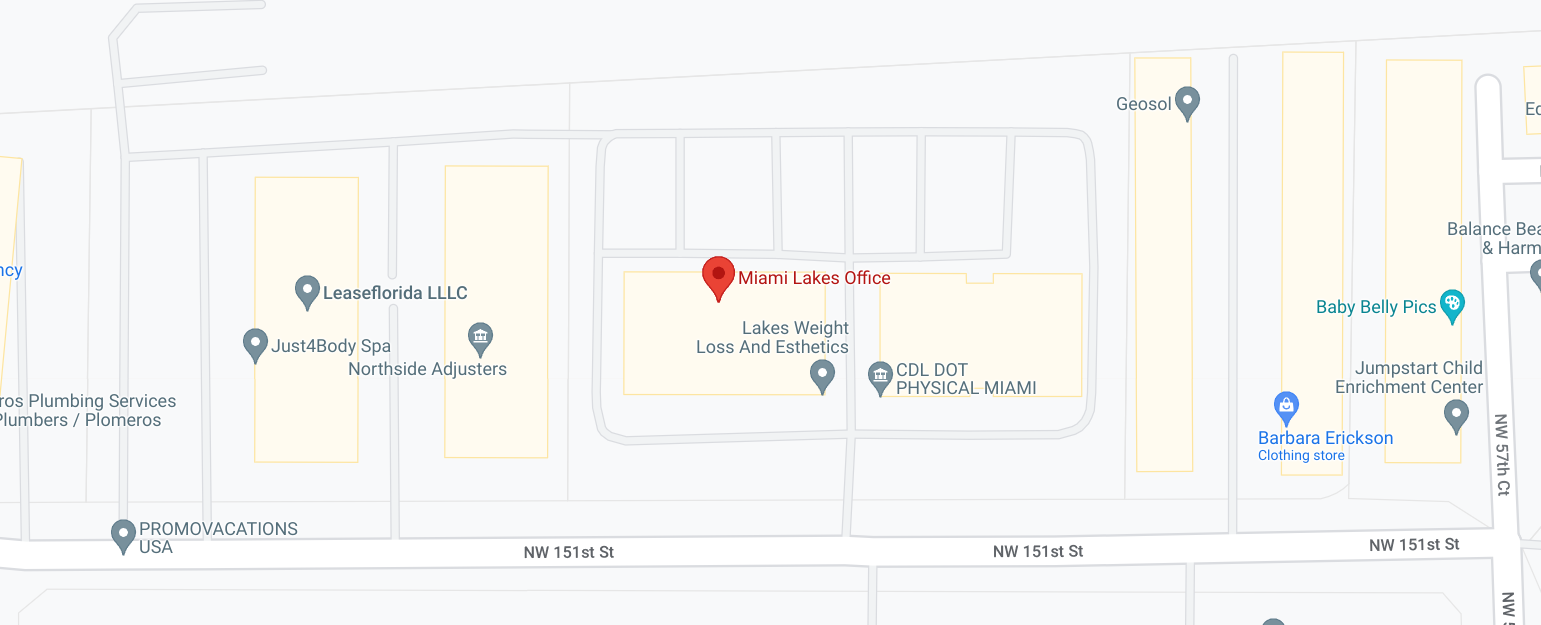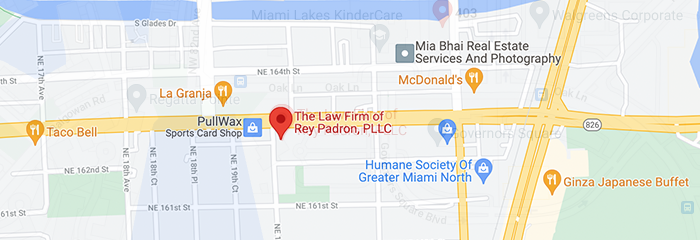If you have driven in Miami, you will know how chaotic and hectic those roads can be. Unsurprisingly, Miami has one of the highest road accident rates in the US. Miami’s roads present unique driving challenges you should be aware of before getting behind the wheel. Being prepared and having the right mindset can help keep you – and other motorists – safe.
Miami’s Busiest Roads and Highways
Part of being prepared to drive in Miami is becoming familiar with its busy roads and highways. That way, you can take extra caution to prevent accidents.
- Interstate 95—This highway runs along the Atlantic Coast toward Jacksonville. Drivers use it to travel from Miami to Broward County. Since it is a major highway, expect heavy traffic, especially during rush hours.
- Palmetto Expressway—This expressway, also known as State Road 826, skirts the city limits of Miami. As with most expressways, expect heavy traffic.
- Dolphin Expressway—This 15-mile road, also known as State Road 836, connects Miami International Airport to Downtown Miami and the western suburbs.
- State Road 821—This is a supplemental road that begins at US1 in Florida City and heads toward the Florida Turnpike.
- Don Shula Expressway – Starting at the HEFT in Kendall and extends to the northeast of Miami. It merges with Palmetto Expressway in Glenvar Heights.
- Snapper Creek Expressway – This route is three miles long and connects the Don Shula Expressway to South Miami.

Safe Driving Practices in Miami
Miami is a popular destination for beach lovers and those who prefer a laid-back lifestyle. It’s unsurprising that this city is a popular choice for retirees. Despite its reputation as a laid-back city, Miami’s roads are notorious for car accidents. Combined with the traffic and aggressive driving (especially during nighttime, given Miami’s reputation for wild partying), it can be a disastrous place to drive.
However, you can adopt these safe driving practices in Miami to avoid accidents, serious injuries, and even fatalities.
Use Defensive Driving Techniques
Every driver navigating busy roads, like the ones in Miami must learn and master defensive driving techniques. Anticipating potential hazards and road risks enables you to adjust your driving to prevent collisions. Adopting these techniques also promotes a safer driving environment.
The first defensive driving rule is to stay focused on the road. Drivers must stay attentive to react to unexpected situations and prevent collisions. Avoid using mobile devices or any distractions that could take focus away from the road.
When driving, it is recommended that you scan the road ahead. You must be aware of the road you are about to drive on, giving yourself up to 10-15 seconds to find potential hazards and avoid them without making any risky driving maneuvers.
It is also best to plan an escape route ahead of time, which you can do by scanning the road ahead. This enables you to determine what to do or where to go in certain situations.
And finally, always yield to vehicles with the right of way. Understanding this basic rule, especially when approaching intersections, can avoid unnecessary collisions.
Master Tricky Maneuvers in Tight Roads
Traffic congestion in Miami’s urban roads means drivers will often have to navigate tight spaces. Your ability to safely navigate these tight spaces can save you from the hassle of dealing with car accidents and injuries.
The first thing you should master when driving on Miami’s busy urban roads is merging and changing lanes. Merging into busy traffic can be tricky, so always use your turn signals to inform other drivers of your intentions to merge. When merging, always check your blind spots. That way, you can predict the movements of other cars and respond in time when something emerges in your blind spot.
Another thing you should master is how to change lanes safely. You must use the same approach when merging—using your turn signals and being aware of your blind spots. Refrain from making sudden lane changes or doing it frequently because it makes it difficult for other drivers to anticipate your next movement.
Parallel parking and reversing into a parking space is another skill you should master when driving on Miami’s busy urban roads. When performing any of these movements, you must always check your surroundings to reverse or pack confidently.
Being aware of the presence of other vehicles in your vicinity allows you to move cautiously.

Familiarize Yourself with Road Rules
Knowing and understanding the different road rules specific to certain Miami roads is essential. If everyone observes these rules, it ensures a safer driving experience for you and other drivers.
The first one to know is the designated bus lanes. The bus lanes in Miami are exclusive for buses during certain hours. Signs will indicate these bus lane hours, so you must avoid using the bus lanes during these times.
In addition to buses, you must also note trams and observe traffic signals and tram stops. Avoid overtaking trams and be aware of when passengers might alight.
Be mindful of stopping zones and pedestrian lanes. This advice applies to Miami’s busy roads and when driving on any road. Always adhere to restrictions on the road, such as areas that must be kept clear at all times.
Increased Awareness in High-Density Areas
While Miami’s main roads are busy and congested with traffic, certain areas experience high-density traffic, especially at certain times of the day. You must increase awareness and vigilance in school zones, pedestrian crossings, or areas with heavy foot traffic.
Pay attention to bicyclists, too. They are less visible than cars, so always adhere to designated bike lanes. Give ample space when you want to overtake to avoid side-sweeping them.
Use Technology to Your Advantage
Many modern cars are equipped with modern features that enhance safety for the passengers and other motorists. Utilize these technologies and safety features in your car to avoid collisions in Miami, especially on a busy road or highway.
Rearview cameras provide real-time visibility of the cars behind you. It is useful when reversing into a parking space or other similar driving maneuvers.
Blind spot monitoring systems are another useful technological tool in cars that enhance safety. They alert you when another vehicle or person is within your blind spot, reducing the risk of collisions.
Final Thoughts
Driving on Miami’s busy roads and highways is rife with danger. Follow these steps to navigate these busy highways with ease and stay safe without accidents.
Also, you must call your car accident attorney in Miami immediately if you are involved in a car crash or collision. The sooner you contact your attorney, the better you can ensure you take the legal steps to benefit your case in the long run.












